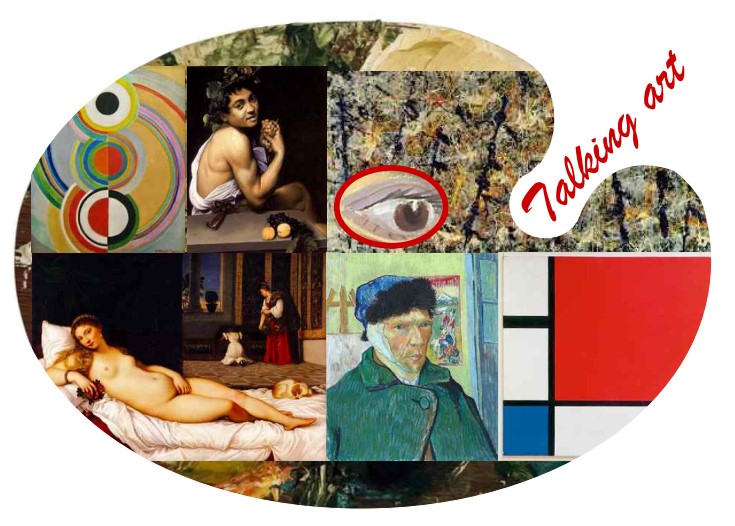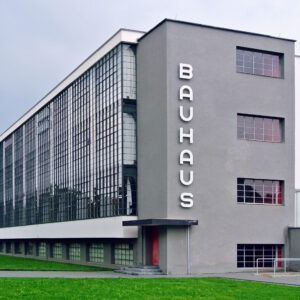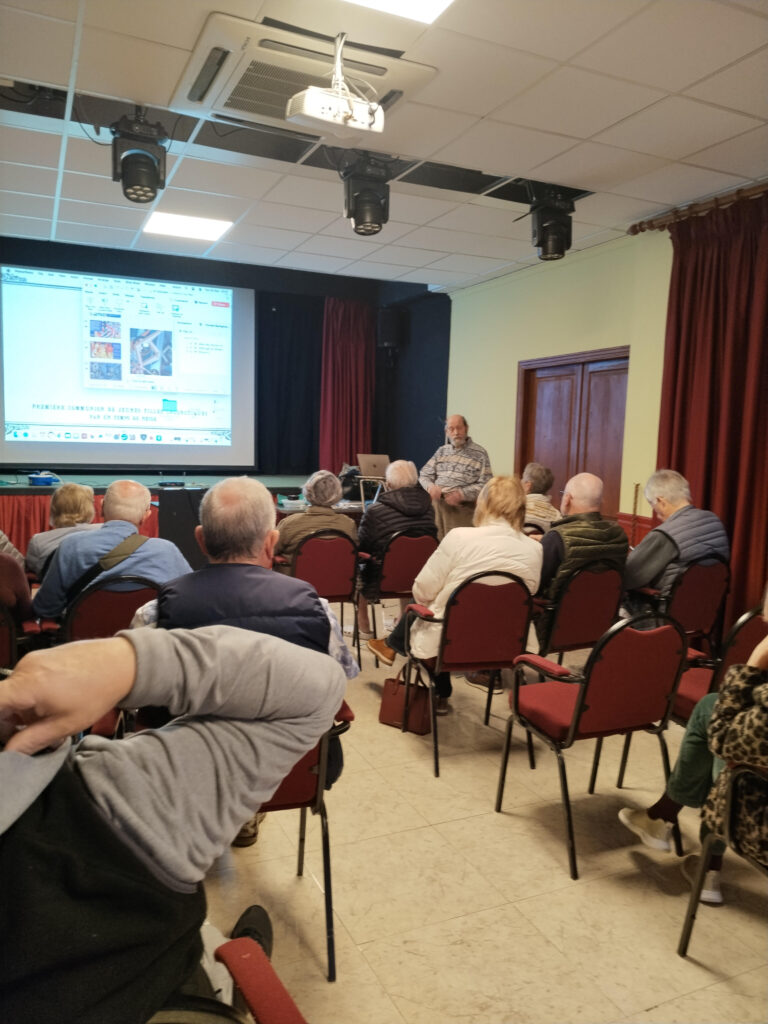
| Group Leader: Robert Sedgley Email Address: talking.art@u3ajavea.com or rasart29@outlook.com Meeting Venue: Javea Players Studio, C/ Cronista Figueras Pacheco 6, Javea Meeting Day and Time: Fourth Tuesday of the month, 11am to 12pm Cost : 2€ per person Accepts new members: Yes but contact Robert first before attending. |
”Art has the power to help economies thrive, to educate and enrich societies, and to create greater cultural understanding. We are reminded now more than ever of the power of the arts….We believe in the restorative power of the arts….” – advertisement by the Bank of America.
Talking Art Meetings
The meeting takes the form of an illustrated talk of about fifty minutes or so with time afterwards for questions or discussion. We are concentrating on the Modern period, from the end of the nineteenth century; but any period, movement or particular artist may be focused on, pondered and discussed if a member requests.
In a recent Norwegian scientific paper, looking at of two groups of pensioners, it was discovered that those who looked regularly at artworks, and in particular modern ones with brighter colours, found a marked improvement in their health and general sense of well being. Also, a recent publication by the World Health Organisation cites research ‘proving’ that engaging in an art activity, as a practitioner or student, may actually extend yourSo there it is: ART IS GOOD FOR YOU.
Whether you are an experienced gallery goer or sporadic sightseer and would like to know a little more about art, about why a painting or sculpture is considered an important cultural icon, or wish to expand your present knowledge and look a little deeper into the background, the techniques and the lives of the artists, Talking Art is the space for the adventure. Come and join in the conversation or just listen and enjoy.
If you find Nigel Spivey’s subtitle – how humans made art and art made us human – to his Television Series (2005) How Art Made the World puzzling, and a challenge to your ideas, then the monthly meetings are for you.


